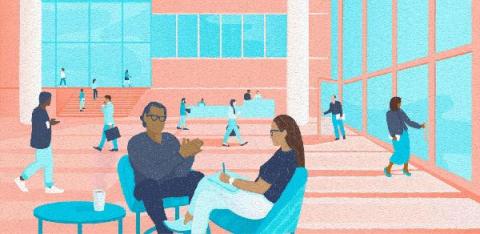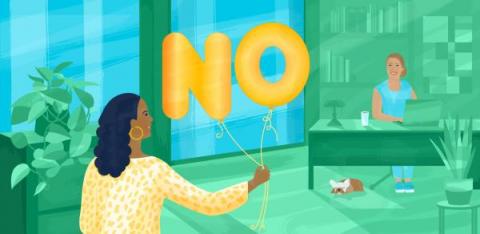10 signs of deadline-driven development
It’s fashionable in the tech world to say that you’re cool with failing. But failure leaves a bad taste in your mouth. The only way to get it out is to prove you’ve learned from your mistake. In that spirit, I recently kicked off a discussion amongst the engineering teams at Atlassian about setting deadlines for the sake of deadlines and, worse, prioritizing that deadline above customer value or the overall health of your product (and team, for that matter).











